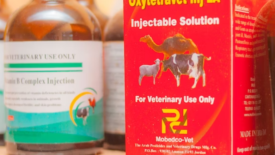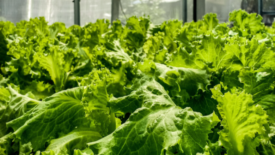Home » Keywords: » economic impact
Items Tagged with 'economic impact'
ARTICLES
Commentary | Fight for Food Safety
COVID-19 aftermath: Come together, don't fall apart
August 3, 2020
Never miss the latest news and trends driving the food safety industry
eNewsletter | Website | eMagazine
JOIN TODAY!Copyright ©2025. All Rights Reserved BNP Media.
Design, CMS, Hosting & Web Development :: ePublishing












